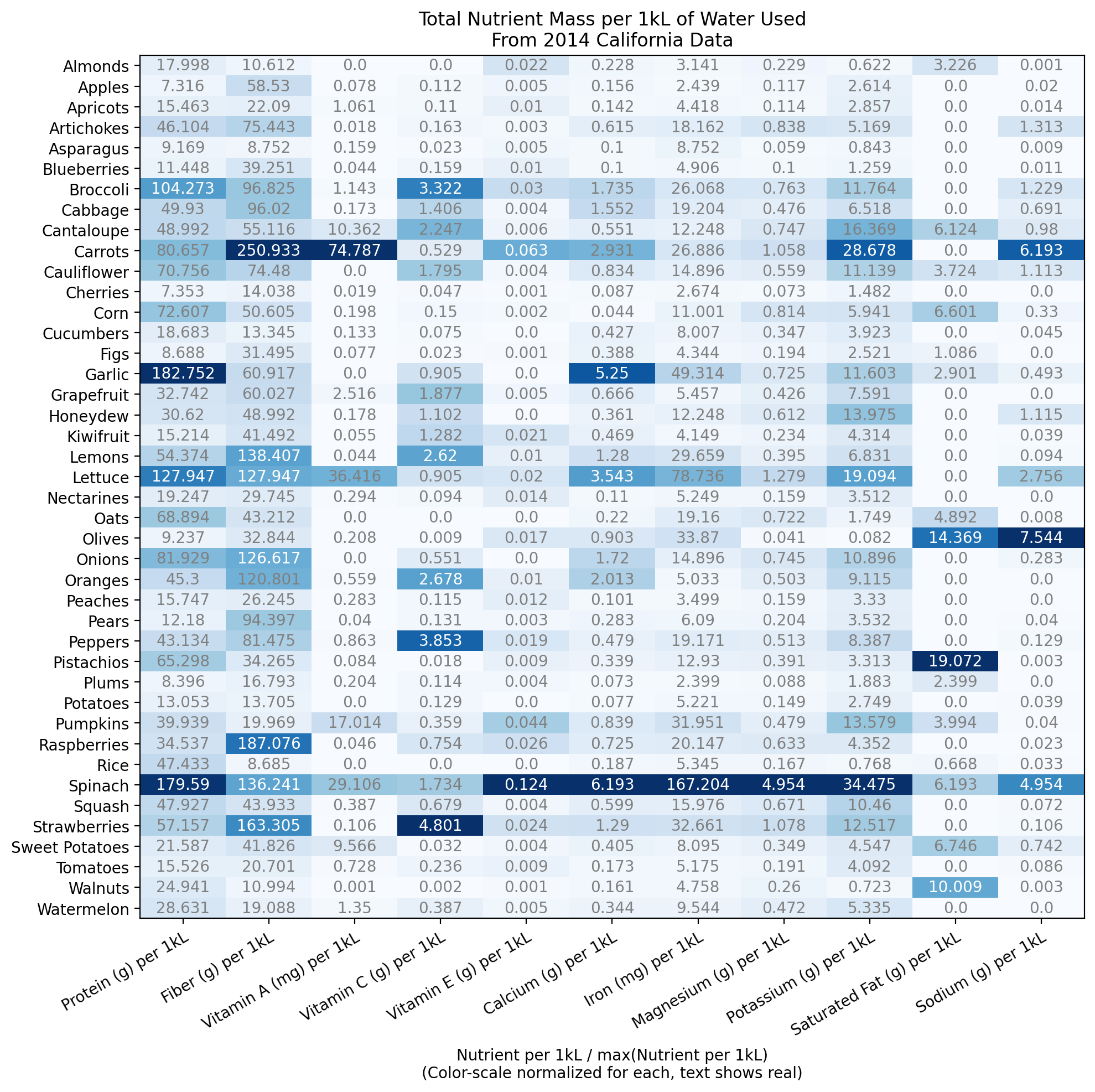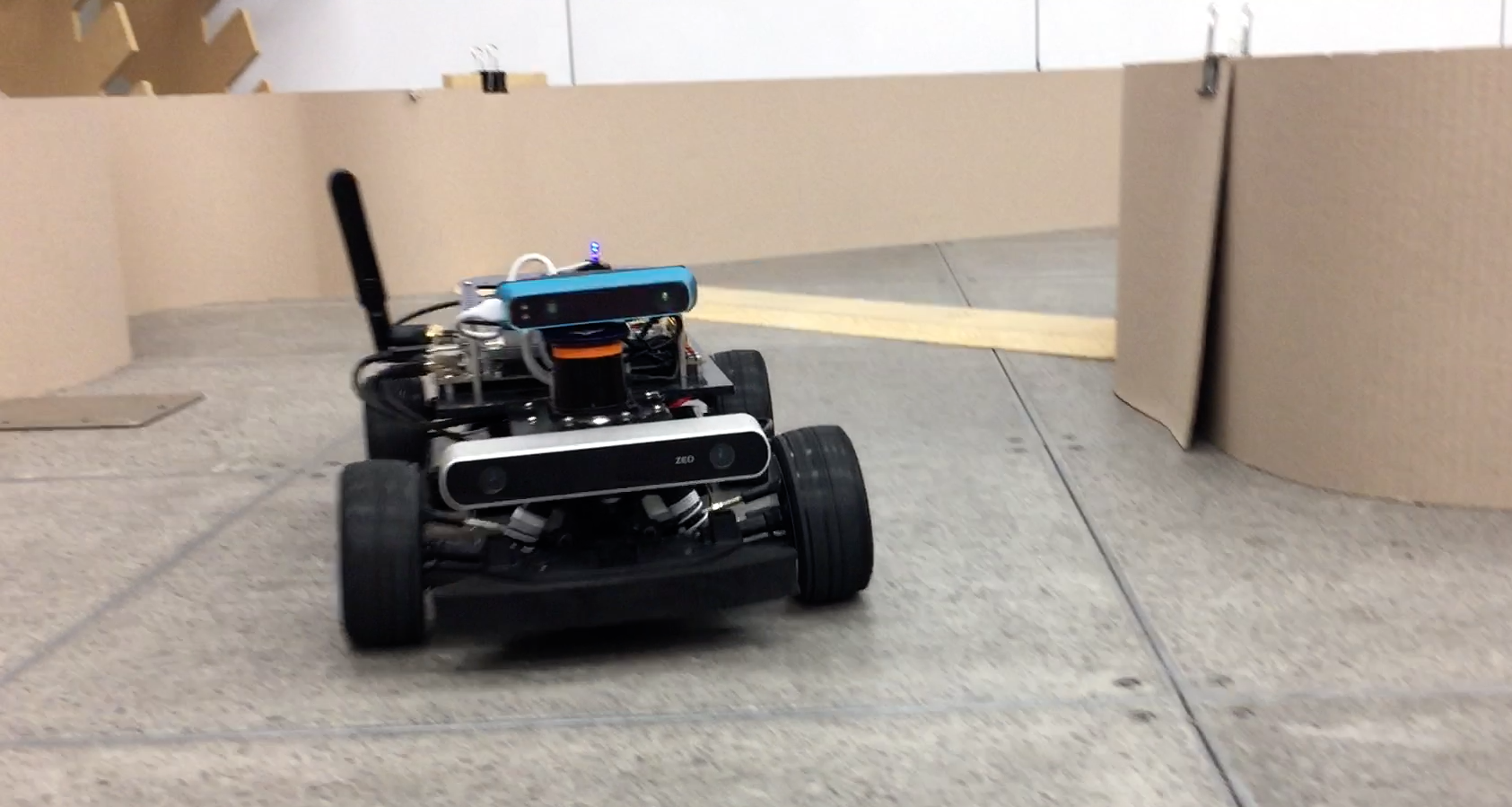Ferry Terminal
It’s a region defined by a fractal of water ways that weave amongst the land. There is an openness and freedom to expansive navigable waterways like these. Ferries are a constant here; part of the built environment using the natural environment in an invisible way that highways and railroads do not. The constant operations of the ferry system plainly reveals the maintenance required of all built infrastructure.
It was summer on Bainbridge Island, Washington, so the sun was still high in the sky at six in the afternoon. Standing at the ferry terminal I was emersed in an aura of practiced calm, reinforced by the bright stratus-filled sky illuminating the world with that soft light that this region is known for. The water was gray, but the sky was not claustrophobic that day, the blue sky revealed itself in strips.
Cars accumulated slowly, like a parking lot, but really, as a special road built for queuing. Most people waited in their cars with engines off and windows cracked. Some wandered afar through their own smoke. Some had conversations in secluded seating areas. There was no dominant noise. I walked up to the half open cafe. It showed signs of former action — many menu items gone for the day. These auxiliary services have integrated themselves into the flow as much as the toll booths and queuing areas.
I had just missed the already late ferry, the whole cycle was behind, but there was a matter-of-factness to the wait. It permeated the social air. How cashiers treated you, the nonchalance of fellow travelers (fellow waiters), the practiced routine of the crew once they arrived, and ultimately yourself. There is no better way to get back to Seattle. The ferry comes when it comes, it might be twenty minutes late, but there’s an implicit trust that it will come. As much as one trusts that the same highway will exist the next morning. There’s no announcement to say otherwise, just a hand written sign tapped to the small ceiling mounted clock informing: “Ferries behind today”. No one is giving up. And you immediately get into this state yourself as soon as the sound of your own car’s engine turns off.
All of this calm is not to say that the ferry was empty. The floating road eventually showed up –the MV Tacoma– and the area crackled with anticipation. Cars packed (at least in an 8 by 20 grid) on the lower deck nonetheless led to plenty of space for people above. I felt openness on the passenger decks too. The benches and tables were low and wide, the seating options were almost excessively varied. The low ceilings enforced a hush when inside. How many trips does it take for this to become routine? How many until it’s mundane?
It’s a place designed to be moved through, yes, but to accompany and provide comfort to those who must pause to pass through.


